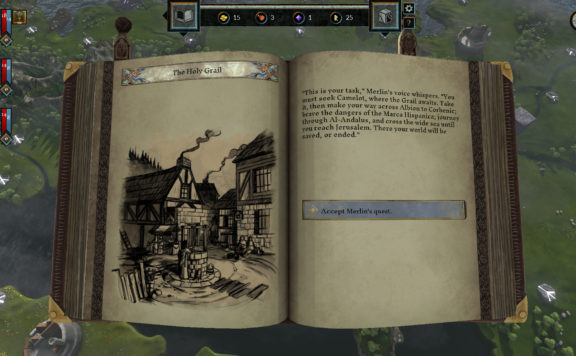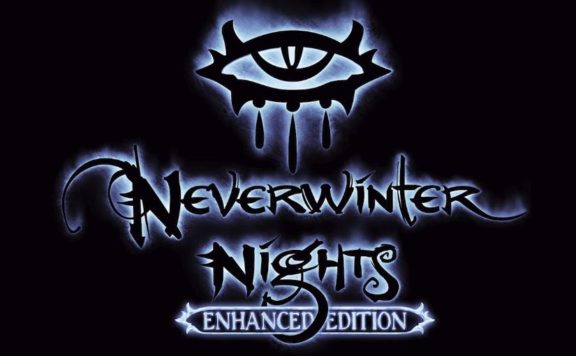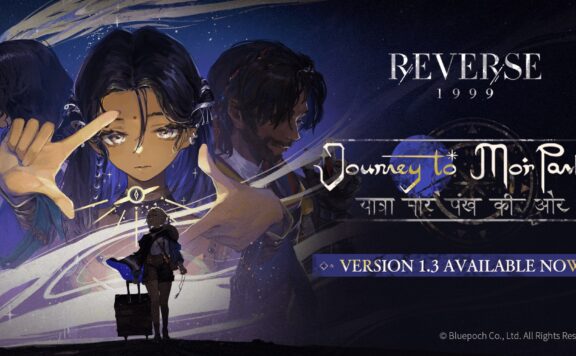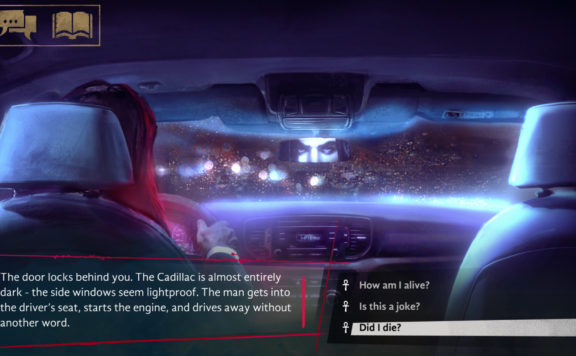Released 12 years ago, Dragon’s Dogma became Capcom’s experiment in creating a “Western” style RPG. Combining the ideas of classic Western and Japanese RPGs of that time, upon launch the game evoked a storm of unforgettable emotions and won over many fans. Before diving into Dragon’s Dogma 2, I decided to refresh my memories, and I’m here to tell you what makes Dragon’s Dogma: Dark Arisen so unique and why you should check it out either before or after you beat its successor.
The events of the game kick off with a giant Dragon attacking a tiny fishing village that the protagonist lives in. In a valiant but doomed attempt to protect their home, the hero is defeated and loses their heart to the scaly menace. The Dragon then informs the player that their destinies are now connected and they will meet again at some point in the future, and departs, leaving the lifeless body of the player character on the beach.
But the hero doesn’t die, moreover, they are now Arisen, the one whose actions will shape the fate of kingdoms and the entire world. With this newfound power, players must go on a quest to fight evil and literally take their heart back. Despite the somewhat trivial introduction, it doesn’t cause irritation and only really serves to get the player on the road.
In terms of presenting the plot, Dragon’s Dogma: Dark Arisen keeps close to other Japanese RPGs such as Dark Souls. Having set a general direction, both games let players roam freely, from time to time offering some course correction through epic plot events.
The kingdom of Gransys, in which events of the game take place, does not feature a gigantic scale, but at the same time it is filled with events. Additionally, the locations are built in such a way as to constantly present players with something new to find.
Walking along a path towards the next quest, you will constantly run across something interesting, from ordinary chests and bandit camps to vast dungeons with the passage through those sometimes presenting a serious challenge. All of that creates the unmistakable spirit of Adventure that I often find lacking in many modern RPGs.
Stylistically, the world holds up well even for current standards, and the variety of biomes will keep you from getting bored of exploration. However, when it comes to graphics (even if you adjust it by the year of release and include updates textures and lighting), the game looks just about average, with the gray-brown filter preventing you from fully enjoying local views. The only places where the game fully comes into its own are the capital, that looks exactly how you’d image a dirty, gloomy medieval town to look, and the many deep dark dungeons with danger baring its fangs from every corner.
But the bleak visuals immediately fade from your mind once you dive into the world. Even the most banal quest to kill a dozen rabbits can turn into an epic campaign with unknown results. For example, while searching for the last rabbit, I came across the lair of cyclops. And while running away from them I got ambushed by bandits who forced me to reload the last saved game.
Traveling at night is especially difficult: there are more enemies, they become stronger, and the lantern hanging off your belt only illuminates a small space right next to your character. Sometimes it feels almost like going through Moria in the company of Gandalf in The Lord of the Rings.

The only thing that started to irritate me closer towards the middle of the game was that I had to move around the world exclusively on foot. The usual fast travel feature or even some sort of mounts are not present in the game, which is why a quest on the other half of the map will sooner or later be perceived as torture. After all, it is a great deal of distance away from you and enemies respawn often to hinder your progress. Yes, Dragon’s Dogma: Dark Arisen features portal stones, but they are rare and create a permanent teleportation point, so you have to use them sparingly and wisely.
On your journey, you will be accompanied by Pawns, which your Arisen can summon from another world. One of them is created by your character, the rest can be either hired from a special location or encountered in the game world. Pawns can be generated by the game itself or created by other Arisen if you are playing online. It is better to approach the composition of your party wisely: no one can prevent you from composing a team of four archers, but it is quite possible that such a group will meet an untimely demise when you encounter a situation where archers are a bit less than useful.
The Pawn you create can be customized with its looks, class, skills and equipment, allowing you to create a companion that will help out when things get tough. And the most interesting thing is that Pawns are able to learn. For example, when killing goblins in the company of a player character or another Arisen who’d hired them, Pawns will learn new tactics against goblins which would significantly simplify battles.
When hired by another player, the Pawn can go through the entire game and then give you some hints as you progress. Flexible character customization will allow you to determine the reaction of the Pawn to certain situations in combat or during exploration. Truth to be told, at times I have forgotten that I’m playing with AI-controlled companions and not real people.
Last but not least, Pawns are quite talkative and react to everything that happens in the area, which will keep you entertained during your long trudge across the map.

The game reaches its peak during battle sequences. Dragon Dogma’s combat makes you forgive the endless fights simply because they are quite fun. Initially, you can choose from one of the three classes that have a couple of abilities and some basic attacks. But as you go through the game, you can learn a wide variety of skills and choose a specialization that expands the capabilities of the basic classes.
Only six skills can be made active and you cannot swap your loadout on the fly – to do so, you must visit an inn which is also where you level up your character. The result is an extremely diverse system where the same class can be played in a myriad of different ways.
The most beautiful thing is that you can switch specs without damaging the already existing and leveled up options, which allows you to experiment and find what exactly it is that you end up liking. As a result, slow leisurely early game combat turns into dynamic spectacular battles in the spirit of DMC or God of War about 10 hours in.
The amount of tactical interactions is extremely large and is further encouraged by the game. The fights with bosses and large enemies are especially memorable. At first, players might be daunted by the huge health bars, but over time, after learning more about the behavior and weaknesses of such monsters, battles with them are over very quickly.
For example, in other games a Cyclops might be countered by constantly shiving one in the leg while dancing around its attacks. In Dragon’s Dogma: Dark Arisen, the game expects you to climb onto its head in real time, gouge out its eye and then swiftly finish it off. Or attack its legs until it falls – but this way is longer, less effective and less spectacular. The only thing I have found myself missing during battles is the ability to roll, which I have become accustomed to from many hours of playing soulslike games and which is now a button I press instinctively during combat.
To sum it up, Capcom created an unusual, original RPG that can suck you in for dozens of hours despite being somewhat intimidating in the early game. Flexible leveling and Pawn mechanics add replayability and uniqueness to each playthrough, while the combat feels akin to defeating bosses in Dark Souls. Somewhat simple plot and MMO-like quests spoil the picture a bit, but it can be forgiven for the sheer thrill of Adventuring that the game provides.
Pros:
- Unique Pawn system
- Combat system
- Boss battles
- Medieval fantasy atmosphere
Cons:
- Average graphics
- Simple quests and story
- Lack of fast travel







